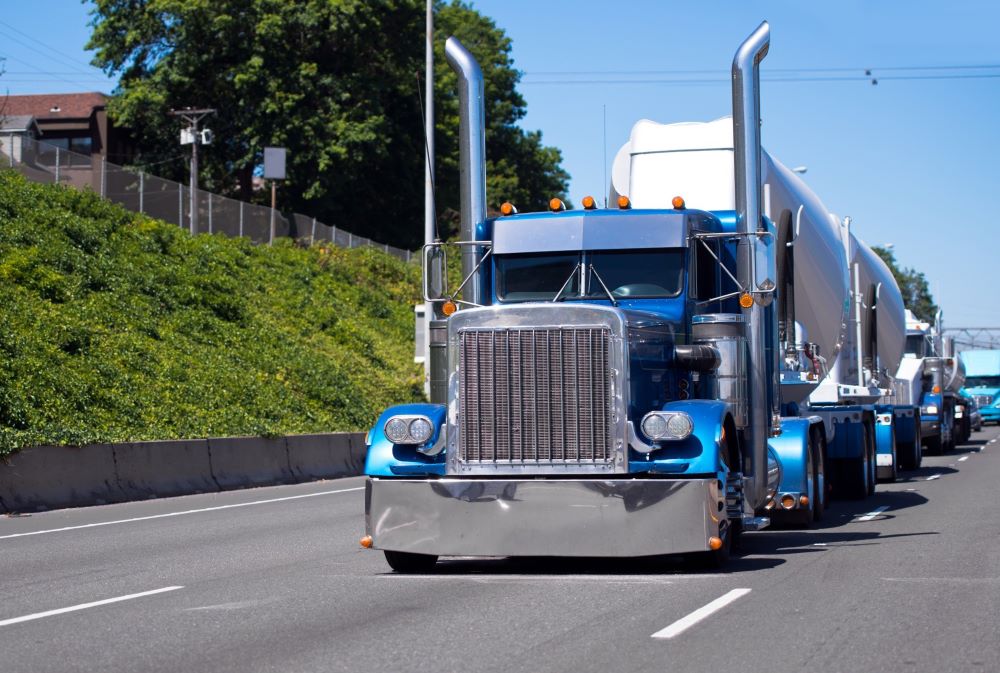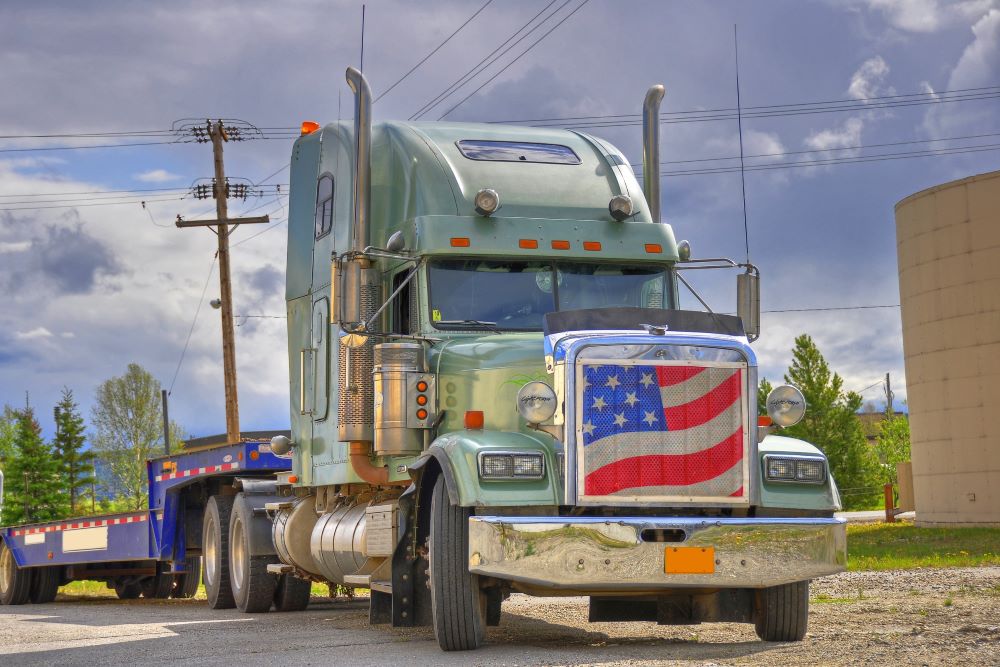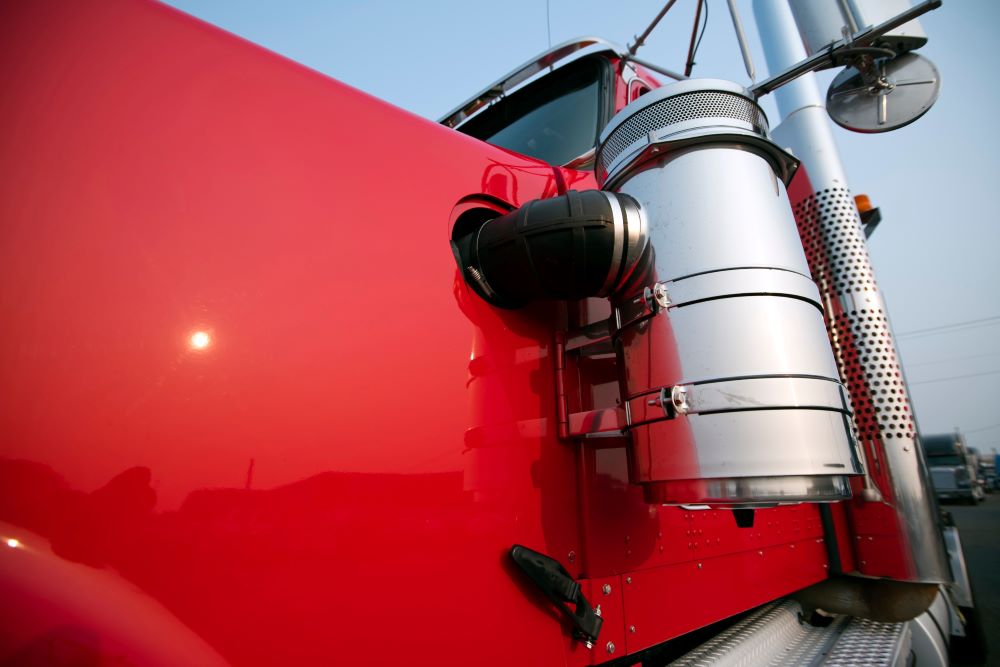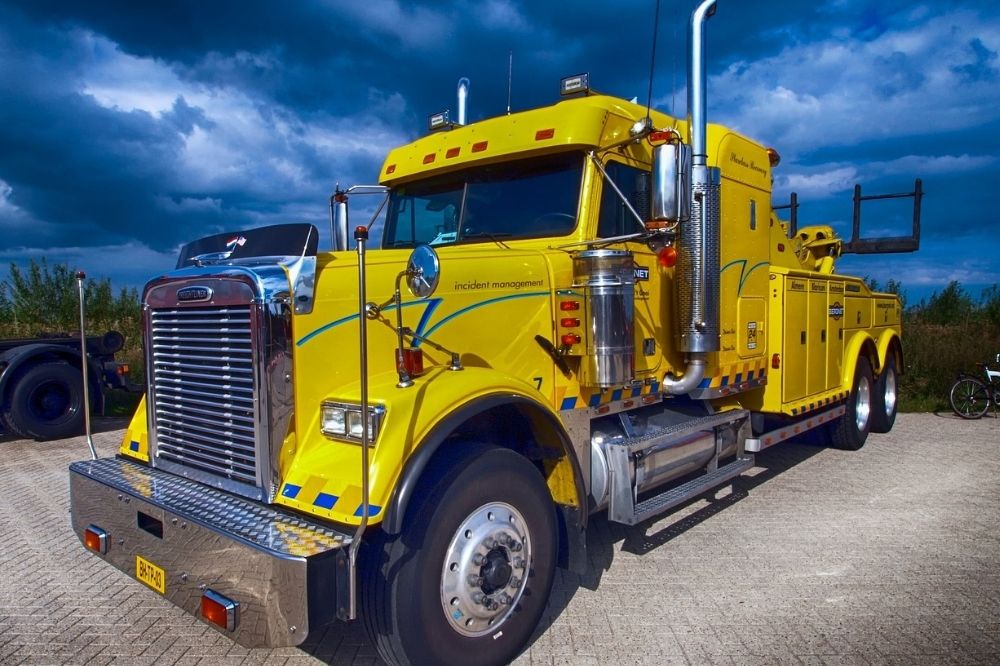
Truck drivers face many challenges, and keeping a healthy work-life balance is one of the big ones. With 28% of truck drivers suffering from loneliness, this is a serious issue.
A good work-life balance is essential for your happiness and well-being. It improves your mood while on the road for long hours and helps you stay focused and alert while operating a heavy truck.
However, striking the right balance can be tricky when hauling a tractor-trailer across the country. Here are our best tips to help get it right.
Challenges Truck Drivers Face
Striking a good work-life balance for professional truck drivers comes with many challenges. Here are the main things that get in the way of maintaining a personal life while truck driving.
Being Away From Friends
Truck drivers spend long stretches on the road, which can mean often being away from their social circles.
It’s only too common for truck drivers to miss out on social gatherings and stay connected with friends. The physical distance involved in the job can make it difficult to maintain friendships.
Being Away From Spouse and Children
One of the most challenging demands of the trucking industry is that drivers need to be away from their families for extended periods.
This can be a real strain on family relationships, not to mention making home and family life more difficult for your partner.

Unusual Work Schedules
Truck drivers often work irregular hours, including nights, weekends, and holidays. This is when most social events take place, which can make it tough to keep a social life.
These unusual work schedules can also disrupt a truck driver’s natural routines and make it hard to establish a consistent daily pattern.
Sleep Disruption
One of the hardest parts of being a long-haul truck driver is dealing with sleep challenges.
As a truck driver, you’ve got to adapt to ever-changing sleep schedules. You also constantly sleep in alternative places, which affects your sleep quality significantly. That’s why over 20% of truck drivers suffer from chronic sleep disturbances.
A bad sleep schedule can affect your overall health and well-being in a major way, which adds to the difficulty of maintaining a better work-life balance.
Poor Diet
An essential part of living a healthy life involves healthy eating – something that can be particularly challenging for truck drivers.
Truck drivers often rely on fast food, convenience store snacks, and limited food options at truck stops. Not having nutritious, home-cooked meals in your life can affect your physical health, as well as lead to fatigue and decreased performance on the job.
Effects of Poor Work-Life Balance for Drivers
Whether you’re a long-distance or a local truck driver, having a poor work-life balance can lead to all kinds of negative effects.
Truck drivers often experience high levels of stress, fatigue, and mental health issues because of long hours and time away from home. This can result in strained relationships with family and friends, reduced job satisfaction, and poor overall health.
In the long run, these factors all impact truck drivers’ abilities to perform well on the road.

Ways to Maintain Work-Life Balance as a Truck Driver
Keeping a healthy work-life balance should be a top priority for any truck driver. Here are a few essential strategies to help get this right.
Plan Your Routes With Balance in Mind
When planning your routes, always try to include regular breaks and manageable driving hours.
Try to schedule your trips so that you can spend time at home or enjoy some downtime between long hauls. This helps prevent burnout and keeps your work-life balance in check.
Staying Connected
Communication is crucial for maintaining relationships while on the road.
Regularly update your family and friends through calls, texts, or video chats. Connecting with fellow truck drivers can also provide a support network and stop you from feeling lonely.
Let Your Family Know Your Schedule
Keep your family up to date on your schedule as much as possible. Share your expected arrival times and any changes to your plans.
This helps your loved ones feel more involved and reduces anxiety about when you’ll be home.
Take Care of Yourself (Sleep, Diet, Exercise)
Prioritize your health by establishing good sleep habits, eating nutritious meals, and staying active.
Even short workouts and healthy snacks can make a big difference to your overall wellness. Proper self-care plays a big role in boosting your mood and performance on the road.
Learn a Portable Hobby
Find a hobby that you can easily take with you on the road, such as reading, drawing, or playing a portable instrument. Having a hobby you enjoy is a great way to relax during downtime.

Make the Most of Your Time Off From Work
Use your time off to fully disconnect from work.
Spend quality time with family and friends, focus on activities you enjoy, and rest. Properly recharging your batteries is essential for your well-being.
Don’t Neglect Your Mental Health
Pay attention to your mental health by keeping an eye on stress and seeking support if needed.
Practice relaxation techniques, keep in touch with loved ones, and consider professional counseling if you feel overwhelmed. Keeping a positive mindset is important for maintaining a good work-life balance.
Find a Company That Commits to Quality Home Time
If you can, try to choose an employer that values work-life balance and offers regular, predictable home time.
A company that respects your need for time off and supports your personal life can make an enormous difference in managing your work-life balance.
Final Thoughts
Focusing on a healthy work-life balance should be a priority for any truck driver. Even if you’re away from home for long periods, staying connected with your family and bringing healthy habits into your daily routine can make an enormous difference to your overall well-being and performance on the road.
Another great way to keep a good work-life balance is to purchase your own semi-truck and become your own boss. Get in touch with us at Mission Financial Services to see how easy getting financing for a commercial truck actually is.
























